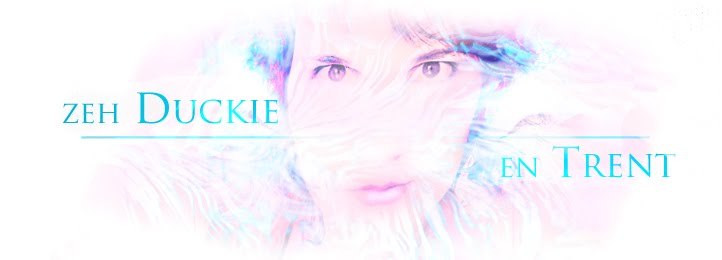Reading up on color on Bruce Block`s The Visual Story, I have just come across a very handy information for future attempts to light a set. It refers to the actual color that different lightsources are more likely to produce:
- candles will produce predominantly reds and oranges;
- a 60 WATT lightbulb will have reds and oranges but also a wider green and blue segment;
- with the TV light, oranges and greens are at a similar level, yellow is still the predominant, and reds and blues are equal;
- sunset light means you`ll get a distinctly reddish light, with orange overtones, some yellows and greens and very little purple and blue;
- daylight is dominated by cool colors, such as blue and purple; again, you have an equal amount of yellows and greens and less oranges and reds;
The additive system (mixing two colors to obtain a third one) is mostly used in theatres and two light live performances. Primary colors are RED, GREEN and BLUE
The subtractive system obtains new colors by subtracting the wavelengths of the two colors combined. Primary colors and CYAN, MAGENTA and YELLOW.
Desaturation: take a pure color, mix it with its complimentary color, and watch it turn grayish
Tint or pastel: adding WHITE to a HUE.
Shade: adding BLACK
Brightness of color is essential in capturing the attention of the viewer, so that when one considers affinity or contrast, one should also bear in mind the brightness of the respective colors. Yellow and Blue are complimentary colors, just like Red and Green, but the disproportion of brightness in the first pair, means that the attention of the viewer is going to be directed overwhelmingly towards the Yellow area. With Red and Green, the brightness levels are similar, so the scale is balanced.
It is interesting to note that the bright color does not need a large area of coverage to attract attention. The brighter it is, the less area it needs to `get noticed`.
You don`t have to mix two colors to create the impression of a new color. All you need is to have a susceptible color, placed near a color that activates the change in the former.
Analogous colors are colors placed next to each other on the wheel. They appear to push apart, so that having orange on a yellow surface will make the orange look red.
Eyes, just like taste buds, tend to get `bored` if bombarded with the same color over an extended period, so the intensity of the color starts to fade away before one`s eyes, in search of that elusive `white`. Since combining a color with its complimentary gives us a gray, bringing us closer to white, your brain will add the complimentary color automatically.
The subtractive system obtains new colors by subtracting the wavelengths of the two colors combined. Primary colors and CYAN, MAGENTA and YELLOW.
Desaturation: take a pure color, mix it with its complimentary color, and watch it turn grayish
Tint or pastel: adding WHITE to a HUE.
Shade: adding BLACK
Brightness of color is essential in capturing the attention of the viewer, so that when one considers affinity or contrast, one should also bear in mind the brightness of the respective colors. Yellow and Blue are complimentary colors, just like Red and Green, but the disproportion of brightness in the first pair, means that the attention of the viewer is going to be directed overwhelmingly towards the Yellow area. With Red and Green, the brightness levels are similar, so the scale is balanced.
It is interesting to note that the bright color does not need a large area of coverage to attract attention. The brighter it is, the less area it needs to `get noticed`.
You don`t have to mix two colors to create the impression of a new color. All you need is to have a susceptible color, placed near a color that activates the change in the former.
Analogous colors are colors placed next to each other on the wheel. They appear to push apart, so that having orange on a yellow surface will make the orange look red.
Eyes, just like taste buds, tend to get `bored` if bombarded with the same color over an extended period, so the intensity of the color starts to fade away before one`s eyes, in search of that elusive `white`. Since combining a color with its complimentary gives us a gray, bringing us closer to white, your brain will add the complimentary color automatically.

No comments:
Post a Comment